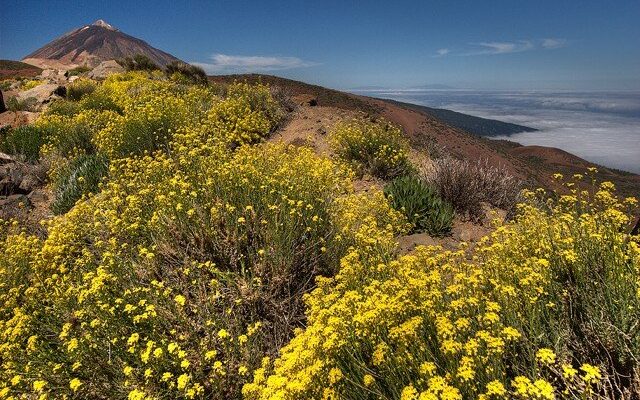Teide Volcano
Teide Volcano is one of the most amazing natural wonders that thousands of tourists come to see every year. It is the highest point of Tenerife and Spain; in fact, its cone forms the island. Its total height is 3,718 meters above sea level. Of course, in this respect Teide volcano is not a record-breaker: for example, the same Fujiyama in Japan is higher than it by 60 meters, and about the giant Ojos del Salado, towering at 6891 meters on the border of Chile and Argentina, and there is nothing to say. However, this fact does not stop travelers who go to Tenerife in pursuit of thrills.
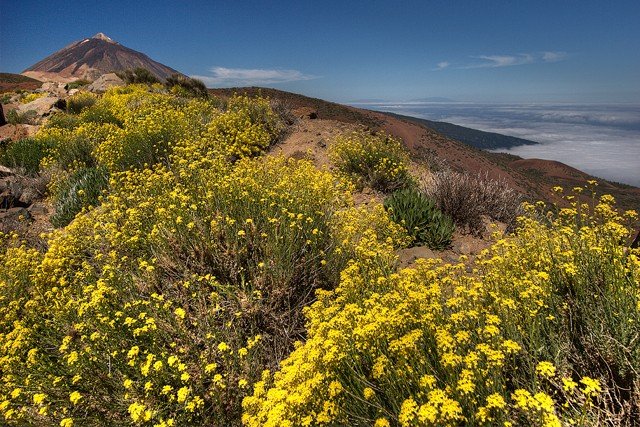
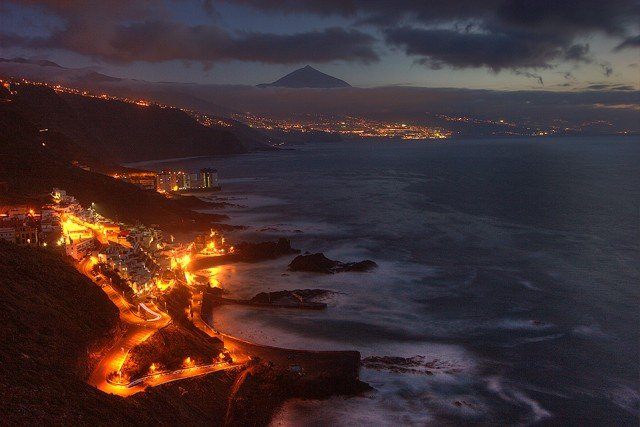
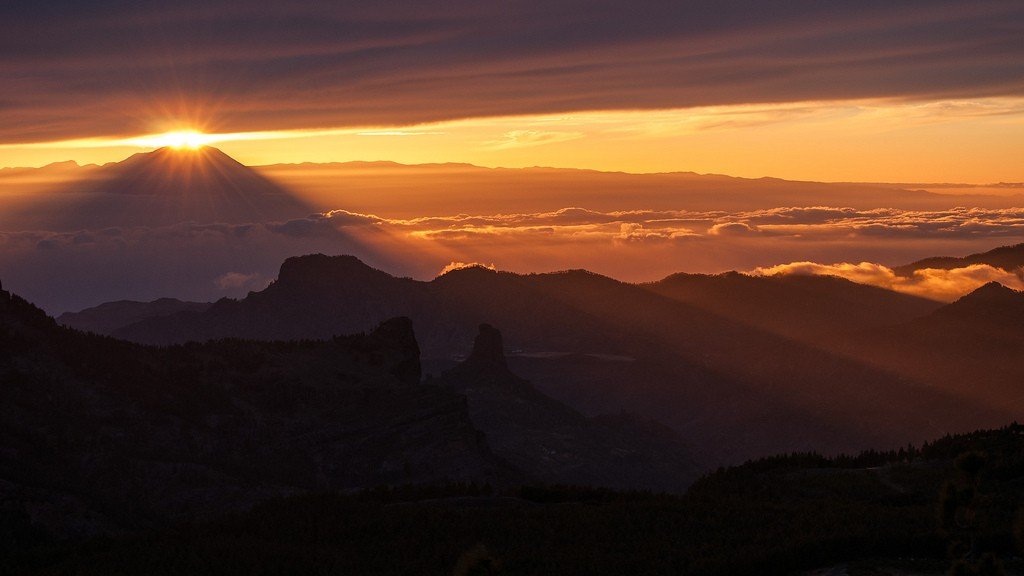
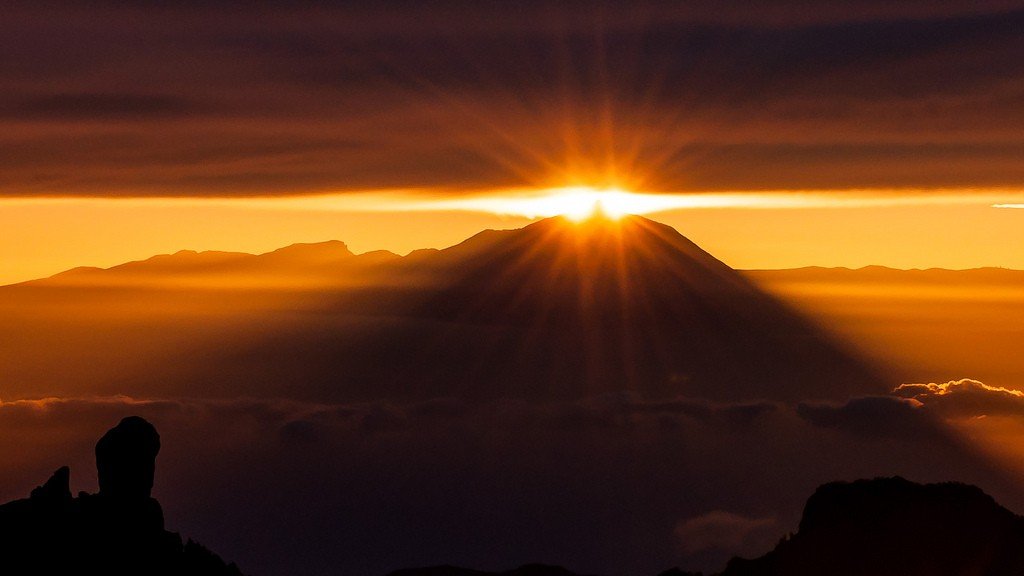
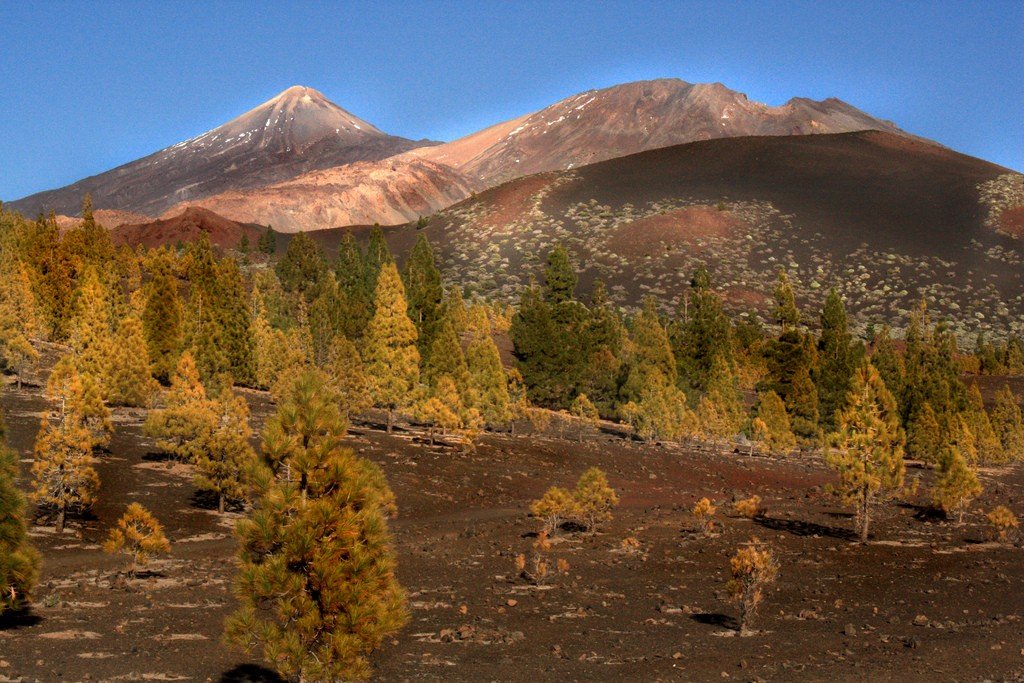
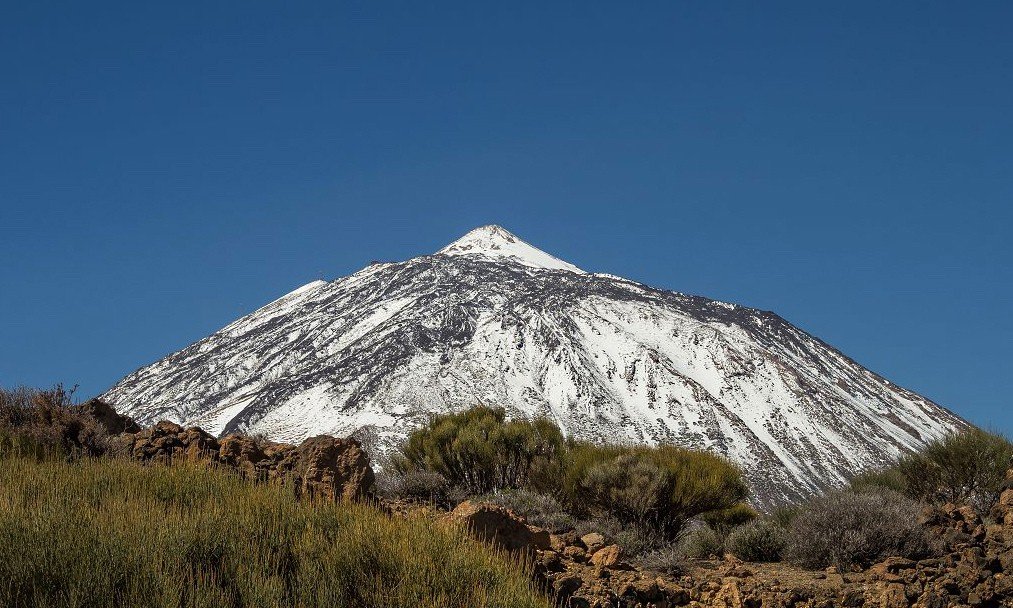
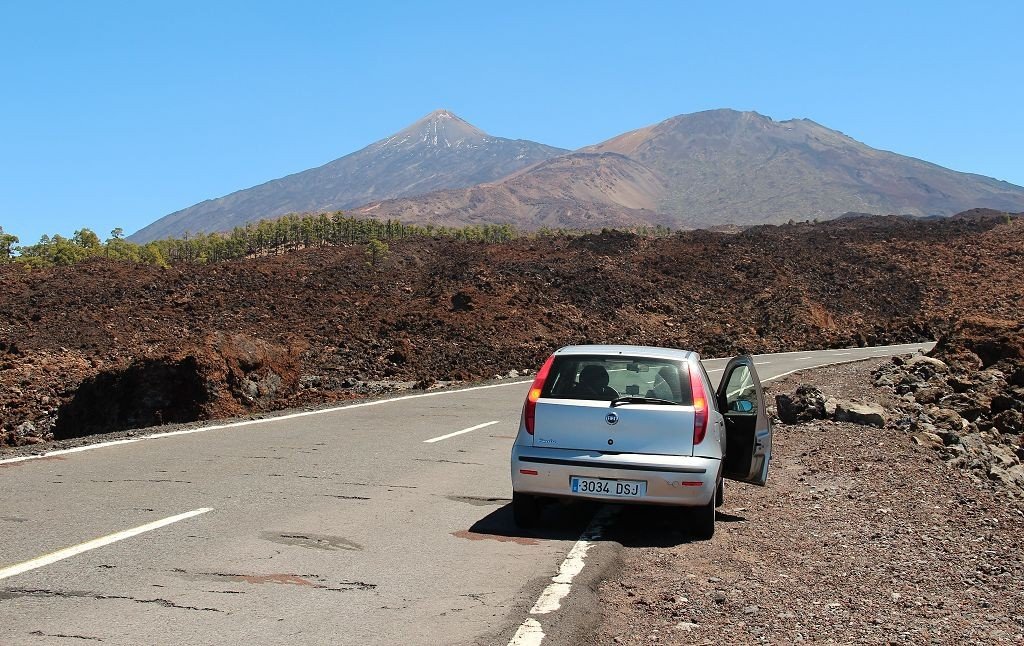
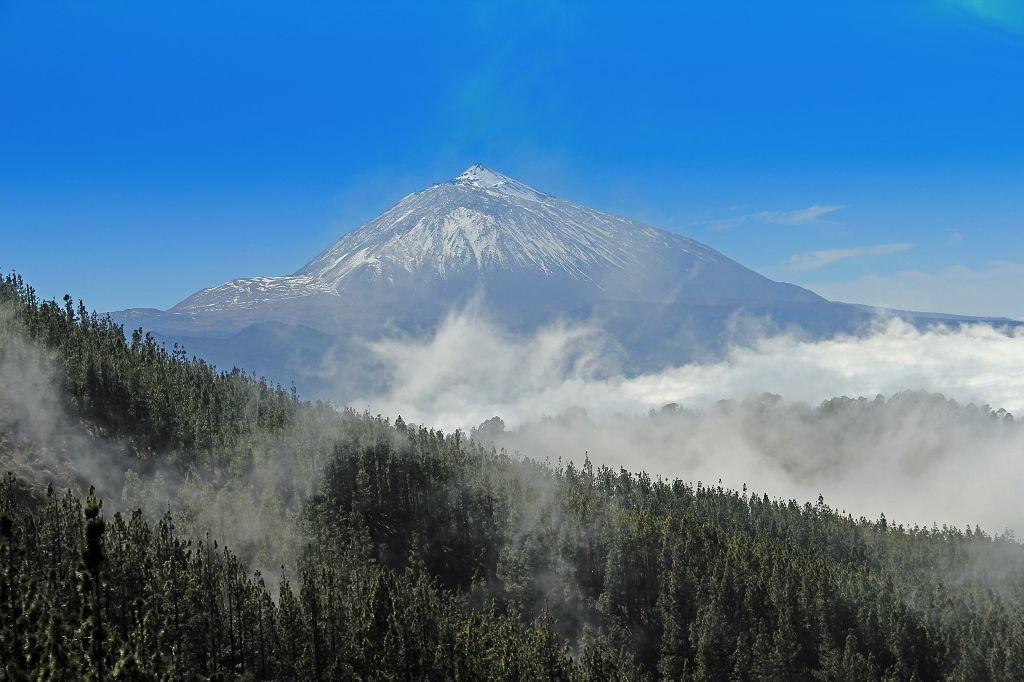
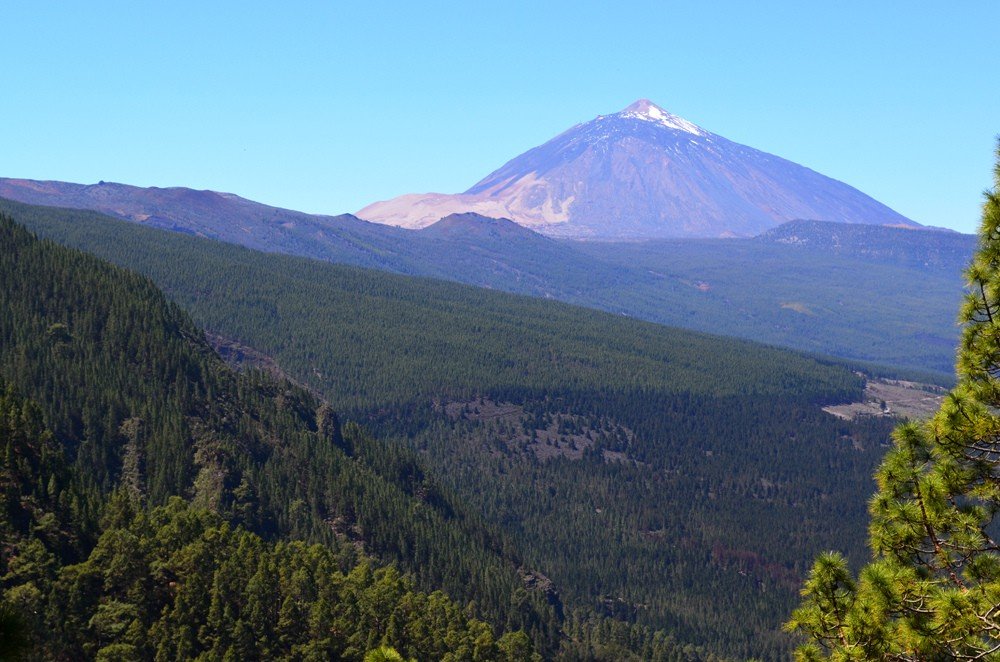
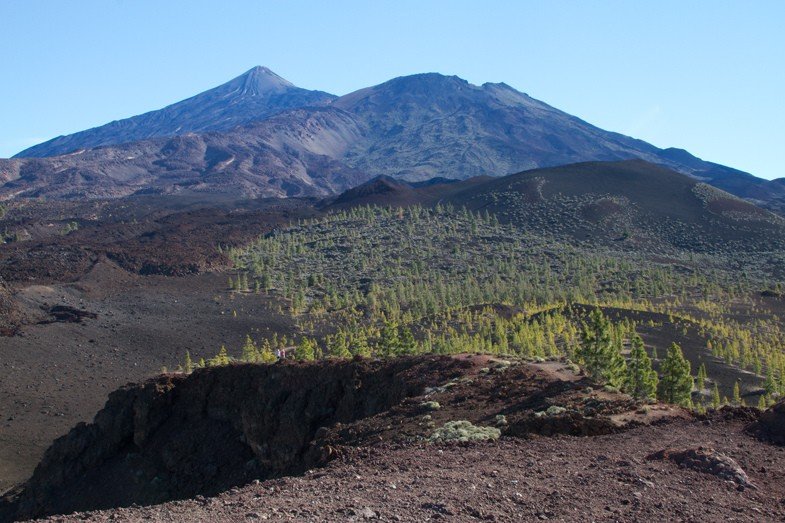
Video: Climbing the Teide Volcano
Contents- Highlights
- The legend of the demon Guayot
- Slumbering but not sleeping
- Climbing the volcano
- Above the mountains… only Teide Peak
- Night under the stars
- Memo to summiters
Highlights
The Teide Volcano is part of the national park of the same name (Parque Nacional del Teide), a UNESCO World Heritage Site. In addition to the famous peak, there are smaller volcanoes that were formed by lava escaping through side craters. They have separate names and are also part of the tourist route.
.Rock fragments and streams of frozen lava, almost complete absence of vegetation, hydrogen sulfide clubs escaping from cracks in the ground… No, this is not the scenery for a new sci-fi movie, but real landscapes of the slopes of one of the most famous active volcanoes of the Canary Islands – Teide.
The park’s lunar landscape is formed by volcanic tuff, a porous rock ejected from the vent of the Teide volcano during an eruption. Wind and rain sand it down, creating “sculptures” of bizarre and sometimes fantastic shapes. These same architects create rocks whose names speak for themselves: “God’s Finger,” “Queen’s Slipper.”
Legend of the demon Guayot
The Guanches, the natives of Tenerife, had their own version of the appearance of the Teide volcano, which in their language was called Echeide (“hell” or “devil”). Thus, according to legend, the mountain is inhabited by an evil spirit, the demon Guayota. He always annoyed the locals, but one day he outdid himself: he stole the Sun from the sky and hid it in the depths of the crater. It would have been a disaster for the people if it hadn’t been for the creator god Achman. He freed the Sun and imprisoned Guayot himself inside the mountain. But only the evil spirit is not finally subdued – from time to time he reminds about himself with streams of burning lava and ash clouds.
.Slumbering, but not sleeping
The volcano, which has a layered structure, is currently dormant: the last activity was recorded in 1909. However, Teide has not always been so passive and safe. For example, in 1706, during the eruption of an entire settlement disappeared from the face of the earth (however, the inhabitants managed to evacuate). To prevent such tragedies from repeating, the volcano is constantly monitored by a group of seismologists, so you can safely pack a backpack and go to conquer the fiery mountain.
.Teide Peak rises inside the caldera, a cauldron formed after the collapse of the Las Cañadas volcano. It is about 16 kilometers in diameter, and if you look at the island from the air, you can clearly see that Teide is two-tiered, even though the walls of the caldera have collapsed on the north side.
.
Climbing the volcano
The first stage is a trip to the lower elevator station. This is also an unforgettable journey: depending on the altitude and the weather, the scenery is constantly changing. There is a winding road that can be traveled by car or bus: the #342 from the stations in Las Americas and #348 Puerto de la Cruz (departure at 9:15, return at 15:40). Those who decide to travel independently should check the routes in advance and choose the most suitable one. Entrance to the park is free of charge and 24 hours a day. Detailed maps and all necessary information can be obtained free of charge at tourist centers, flight routes are presented on the website http://www.titsa.com.
Buses and cars will take tourists to an altitude of 2356 meters. Further travel to the Teide lookout is possible in three ways:
.- by cable car;
- on foot; .
- by helicopter.
Climbing time in the first case will be only 8 minutes, in the second case – several hours, depending on fitness and availability of equipment. The funicular operates between November and May from 9:00 to 16:00 (descent until 17:00). An adult two-way ticket costs 27 euros, a children’s ticket costs 13.50 euros (3-13 years old). For little ones, the fare is free. To avoid standing in line, you can pre-book seats at https://www.telefericoteide.com/ru/volcano_life_experience/podemnik_na_teyide/. You can pick up a brochure in Russian at the ticket office.
.From the upper observation deck you can enjoy beautiful views of the peak and the park, and in good weather you can see the neighboring islands. There are several trails leading from here: to La Forales Lookout (#11) and Viejo Peak (#12), as well as #3 (Telesforo Bravo Trail) to the sump of Teide volcano. It’s important to remember that only groups of hikers are allowed on these. If time permits, it is better to take one of the first trails first, as this will give you a chance to get used to the altitude.
.Higher than the mountains… only Teide Peak
Tenerife authorities fear corrosion of the rock, so they limit access to the peak: no more than 200 people per day are allowed. To look into the crater of the volcano, you need to have a special permit. To do this on the website www.reservasparquesnacionales.es tourists fill out a questionnaire, indicating the date, time of visit, their contact information, series and number of passport, the number of people in the group. The permit should be printed out to show at the entrance together with the passport. The whole procedure lasts no more than five minutes and is absolutely free.
.Climbing to the top will not take much time – the peak is separated from the observation deck by only 163 meters. However, you should not hurry, on the contrary, experienced climbers advise you to make frequent stops, take a breather, so that in the conditions of thin air is not dizzy. This time can be used to make spectacular photos.
.Night Under the Stars
The first rays of the sun paint the land with colors, the shadow of the volcano reaches the very coast, gradually retreating before the onslaught of light – this is the sight you can see when you meet the dawn on the peak of Teide. You can do this if you spend the night at the tourist base “Altavista”, located on the slope of Teide at an altitude of 3260 meters. It costs 25 euros and visitors will no longer need a permit to climb. To make it in time for sunrise, you have to leave at 6:00.
.Another reason to stay overnight at the base is the meteor shower. During the last days of July and early August, hundreds of shooting stars light up the night sky.
.
Memo to summiters
Teide Volcano is part of the national park of the same name. Among other things, this also means that it is protected by law. On its territory you cannot:
.- start fires;
- tear down plants; .
- collect stones.
The last paragraph is not a joke, but a pretty serious regulation. Tourists in pursuit of souvenirs can pose a real danger to the park. After all, if each of the tourists take away a pebble with them, in a few decades the main attraction of Tenerife simply will not be.
.
- Due to the pressure drop, many unprepared tourists can get mountain sickness. You can improve the situation somewhat by making frequent stops when climbing. Small children and people with cardiovascular diseases are better to refuse such a trip. .
- Going off the hiking trail is forbidden. A “lost” tourist will be forced to pay a rather large fine.
- Preparing for the climb, it is important not to forget to take warm clothes. When the temperature difference (depending on the time of day the difference can be up to 20 ° C) jacket and pants will be indispensable. Also at altitude will not be superfluous headgear and sunscreen. .
- The number of parking spaces at the foot of the volcano is limited. If vacationers decide to get to the funicular by car, it is advisable to leave early. .
- Due to high winds or snowfalls, the funicular may not work. Therefore, before leaving, it is worth clarifying this at the station. You can do this by calling +34 922 010 445. .
- The best time to take the funicular is right after opening or in the afternoon, so you won’t have to wait in long lines.
